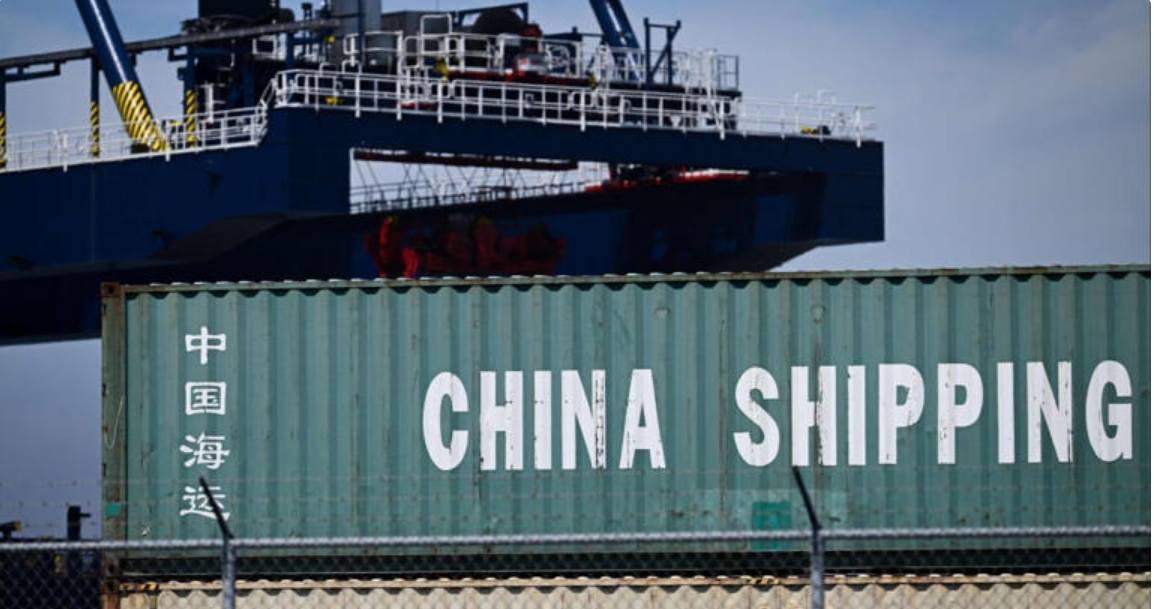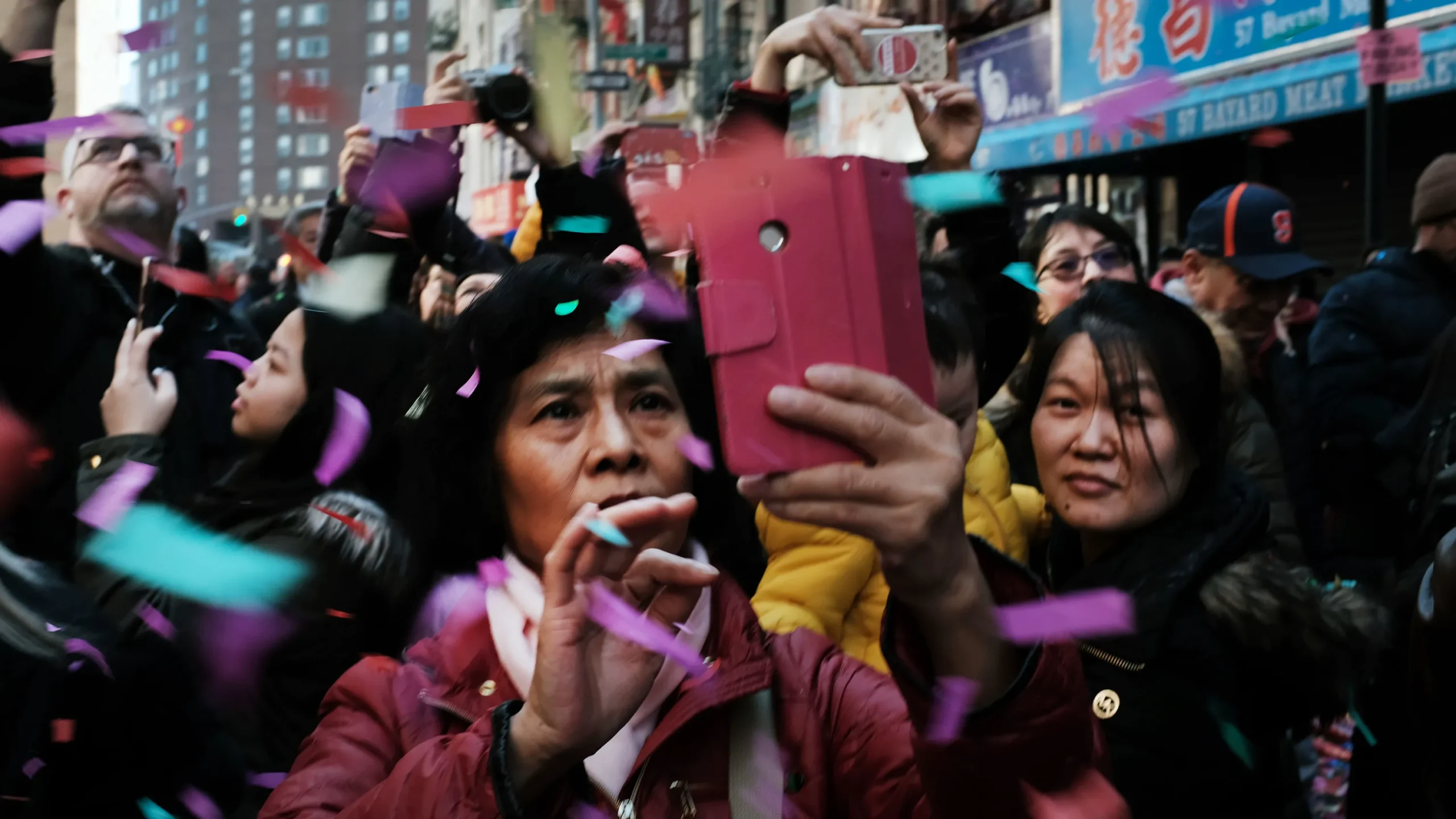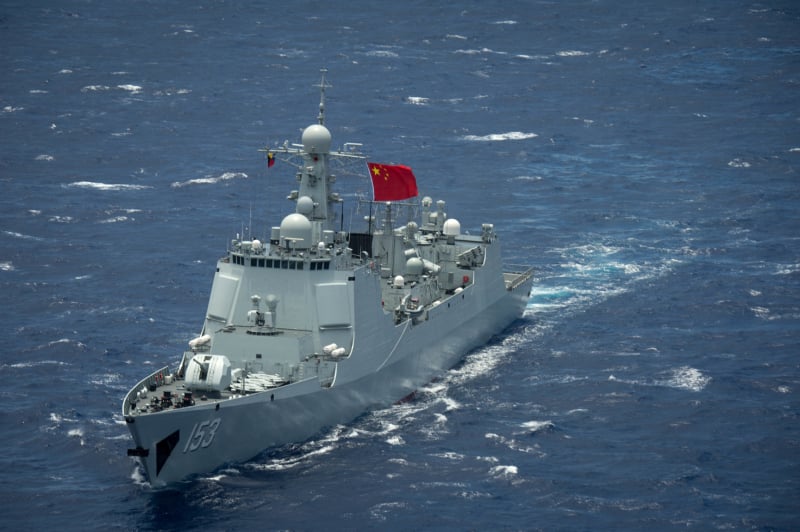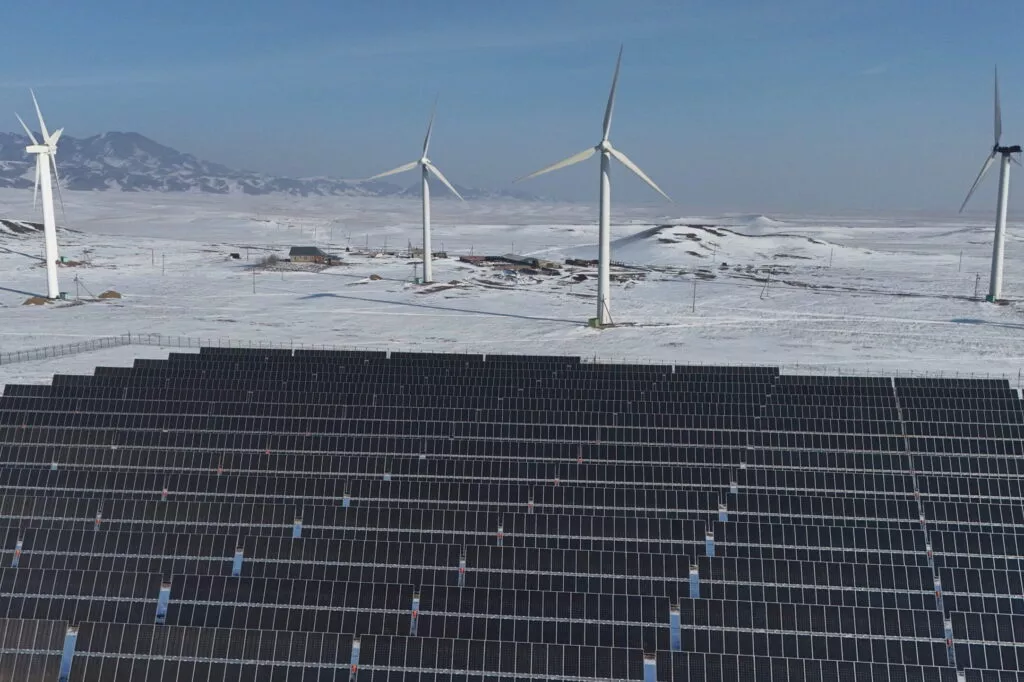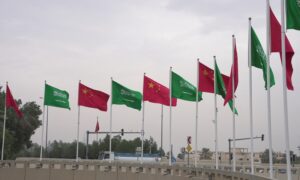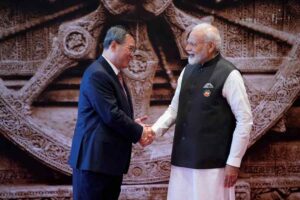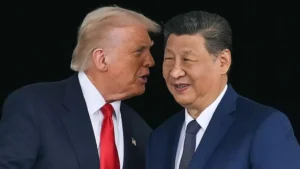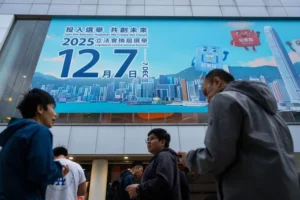Hong Kong experts say a Peruvian port could be a solution to US tariffs on Chinese ships.
The impact of US port fees on Chinese ships docking in the country may be mitigated by using a Peruvian port for the Latin American market, Hong Kong industry leaders have said, warning that the levy will only cause damage.
The remarks made on Saturday were in response to the new port fees announced by US President Donald Trump’s administration on all Chinese-owned, operated and built vessels that dock in the country, with the sector leaders also saying businesses should diversify to and cultivate other markets, such as the Middle East. The fees also apply to vessel owners – including businesses and individuals – from Hong Kong.
“The measures often cause damage to others without any gains for themselves,” said Wingco Lo Kam-wing, president of the Chinese Manufacturers’ Association of Hong Kong.
Do you have questions about the biggest topics and trends from around the world? Get the answers with SCMP Knowledge, our new platform of curated content with explainers, FAQs, analyses and infographics brought to you by our award-winning team.
“Most large vessels are Chinese-made. The measure could potentially hit (the US’ own) logistics, causing prices of goods to rise, affecting not only us but the rest of the world. As for their tariffs, it’s (also) not only affecting us but the world. Manufacturers exporting to the US, especially those with production in Hong Kong, could bear the brunt.”
He highlighted that only about HK$6 billion (US$773 million) worth of Hong Kong-made products were exported to the US every year, which accounted for less than 1 per cent of the city’s HK$9 trillion import and export business.
Trade between the US and China – including Hong Kong – has been continuously declining, according to Lo.
He added that the US was China’s third-largest trading partner after Asean and the European Union.
“Our trade with belt and road countries has increased by 60 per cent in the last decade, and that with Mexico saw a 40 per cent rise,” he said. “Hong Kong businesses are tenacious, we’ve weathered many transformations.”
Simon Wong Ka-wo, president of the Hong Kong Federation of Restaurants and Related Trades, said many goods from mainland China were headed to South America via the US, which meant tariffs would have to be shouldered by consumers
Wong said the Port of Chancay in Peru opened last November, which already saw 15,000 containers entering the South American market without needing to pass through the US in the first two months of this year, despite not being in full operation yet.
“We would enhance the exploration in this area to make the most of the facilities there both to export to the continent or to import products to (mainland) China or Southeast Asia,” he said, adding that it could cut shipment time by two to three weeks as cargo could bypass the US or Mexico and thereby lowering costs.
The Post earlier reported that a Chinese delegation eyeing a boost in Asian trade ties is visiting Brazil to discuss major infrastructure projects, including a railway project linking the South American country to a mega port in Chancay, Peru.
If realised, it could allow Brazil and neighbouring countries to bypass traditional Atlantic shipping routes, significantly reducing transit times and lowering logistics costs for agricultural exports such as soy, beef, and grains.
Wong said that the 5,300km (3,293 miles) railway project, linking the Pacific and Atlantic Oceans across the continent, could greatly reduce the time required for cargo to head to the mainland.
Lawmaker Jeffrey Lam Kin-fung, also a member of the general committee of the Hong Kong General Chamber of Commerce, said the port fees could have an impact, but it would not be significant, adding the measure was not well thought out.
“This is not a suggestion, but did he (Trump) consider a scenario where other countries would charge US-made planes in the same way – this might drive people to buy Airbus or C919 aircraft. Global trade needs to be mutually beneficial,” Lam said.
Willy Lin Sun-mo, chairman of the Hong Kong Shippers’ Council, said close to half the fleet of the largest shipping companies in the world was made in China because of their improved standards, adherence to international guidelines with green fuels and competitive price points.
Lin pointed out that an average 20-foot container carrying 20 tonnes of goods worth about US$300,000 to US$500,000 would incur about US$1,000 of port fees, which was not a significant amount, but could still add to inflationary pressure in the US.
“The fees were not targeted at China but the world,” he said, highlighting that the Chinese-made vessels could be owned by anyone once sold.
He said 90 per cent of the world’s exports to the US or Europe were paid for by importers, while large conglomerates could make exporters pay.
Lin said that in hypothetical scenarios, if businesses stopped using all Chinese-made vessels, the shipping costs across the world would be several times higher, and that if businesses stopped using Chinese-owned vessels, the shipping supply could be down by about 25 per cent.
Eric Sun Yung-tson, chairman of the Hong Kong Exporters’ Association, said it would be difficult to avoid using Chinese vessels as they were the lowest in cost and best equipped, and that local businesses selling garments to the US were likely to suffer the most because of the sheer quantity and the new fee charged by weight.
“It’s difficult enough to chase the new updates of tariffs every day, so we’re adopting a wait-and-see approach,” Sun said, adding that some firms might have to temporarily give up the US market.
Under the new levy plan, Chinese operators and shipowners have to pay US$50 per net ton for vessels entering US ports from October 14. The fee will increase annually to US$140 by April 2028 and apply regardless of where the ships are built.
The port fee is lower for Chinese-built vessels, starting at US$18 per net ton or US$120 per container from October 14. This will gradually increase to US$33 per net ton or US$250 per container by April 2028.
The fees will be charged up to five times per year for each vessel and will be assessed at the first US port of entry, in a bid to prevent ships from bypassing smaller ports within the country, according to the United States Trade Representative office.
The fee on Chinese-built ships could be waived if the operator orders a US-built vessel equivalent in size.
Washington has imposed a 145 per cent tariff on Chinese imports so far this year. According to a fact sheet released by the White House on Tuesday, China now faces a tariff of up to 245 per cent, once duties imposed before Trump’s second term began are included.
